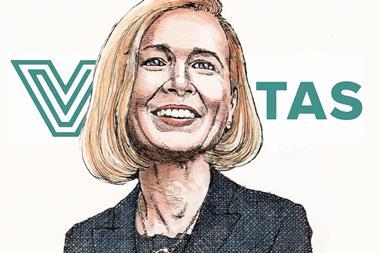IPE AWARDS - Experts believe correlations between broader asset classes may be coming down, but warn of persisting uncertainty in “macro-driven markets”.
In addition, the recent rise in interest rates does not yet constitute a trend, according to a panel of CIOs at the IPE Awards seminar yesterday.
David Leduc, CIO at Standish Mellon Asset Management, said: “Long-term challenges persist, including the debt crisis at the periphery of Europe, and until those issues are resolved, it is too early to assume rates will be rising.”
He pointed out that the German bund yield curve had been driven by a flight to quality, but while in the US authorities flooded the market with liquidity and stimulus measures, the European Central Bank took a more deflationary tack.
Fiscal tightening is therefore likely to affect the bund at some point, he said.
Christophe Caspar, CIO of multi-strategy at Russell Investments, said he was somewhat more inclined to believe rates would rise.
“Even though it is too early to speak of a trend, we do expect interest rates to begin to go up in the next six months,” he said.
Comparing the yield curves of three benchmark rates - the US treasury yield curve and the rates of the ECB and the Bank of England - Mauro Valle, head of pension fund portfolios at Generali Investments, noted that the differences between the curves reflected the different attitudes of the three central banks involved.
While the ECB is concerned only with inflation, the Fed is also focused on stimulating the economy.
He expects the yield in the US to go up next year, but there will be “no movement on the short end of the curve”.
Markus Krygier, deputy CIO at Amundi, agreed that the current environment was being driven by central bank policies, but noted that the perception of those policies was very important as well.
“One perception is that the ECB is more focused on inflation,” he said. “But this may well change if the core of Europe warrants tightening, while the periphery warrants loosening.”
He added that the US treasury yield was far too steep and that it would flatten out.
The experts generally agreed that, in the current environment, directional duration bets were not the way to go.
Valle said: “It’s best to go back to basics, diversifying on the basis of fundamental data in very different countries, regions and currencies. A macro approach is best in the current environment.”
Krygier agreed.
“Macro rules,” he said. “The focus should be on relative value rather than directional strategies. We are especially fond of foreign exchange strategies - exchange rates can be forecast and, within a global fixed income universe, open up a range of strategies that deliver diversification, in addition to liquidity and transparency.”
Caspar added that real assets such as infrastructure and commodities were also a “must” and recommended portable alpha strategies and mortgage-backed securities.














No comments yet